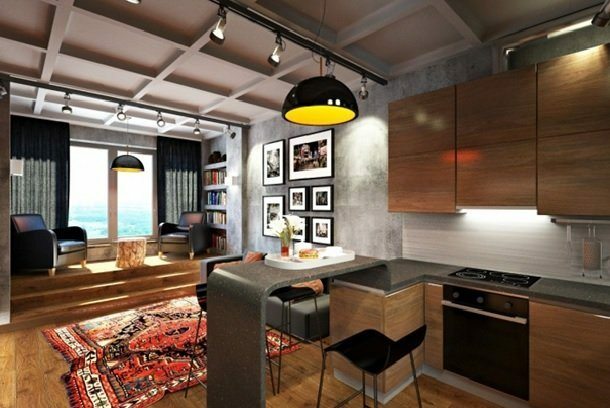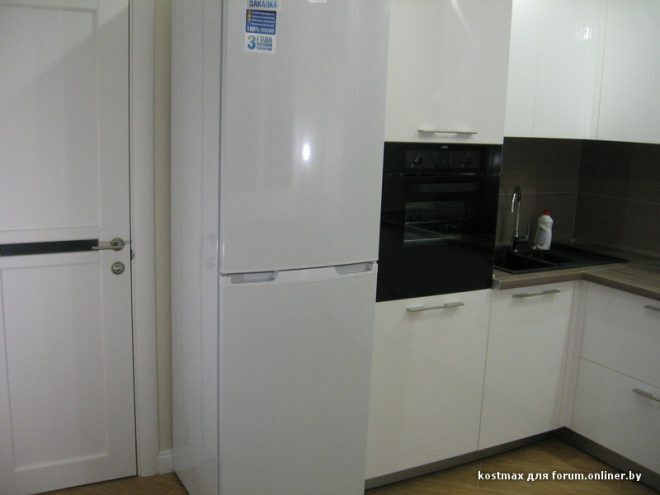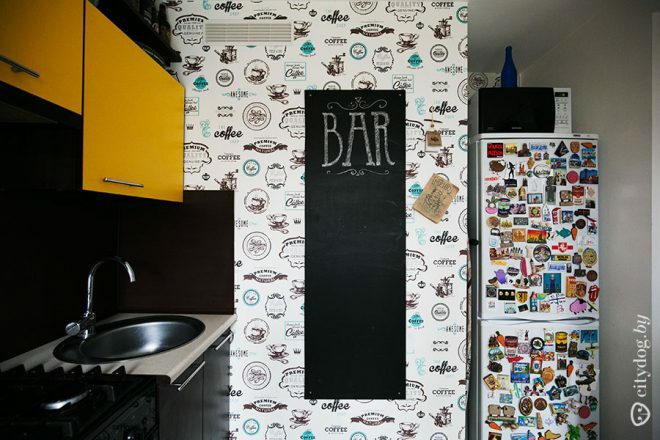Content
- 1 Window Textiles
- 2 Bed textiles
- 3 Table textile
Laconic and practical linen and luxurious brocade, shiny silk and weightless chiffon, rugs and bedspreads, capes and pillows... They can bring a feeling of comfort to any interior. With the right choice of textile elements, the house literally transforms. In interior design, hand and factory textiles have long been one of the main components. To realize the fantasies of the designer and creativity, fabrics open up unlimited scope.

Both the master, who is involved in the design of the apartment, and the subsequent tenants, textile can deliver real pleasure. Naturally, this will be true only if everything is done tastefully and correctly. The design should correspond to the chosen style and fashion trends. The versatility of textiles is so high that it can be used in a variety of designs.

Window Textiles
In the interior, window draperies are the most popular use of fabrics. In design, window decoration is considered one of the most important. The overall impression of the room largely depends on it. This is explained by the fact that the light source, that is, the window, attracts attention primarily in any person.

Own traditions of window openings are in every style. Curtains accentuate the general atmosphere, emphasizing modesty or luxury, simplicity or sophistication and other qualities. The texture and drawings, the fabric itself, the way it is assembled - all this is extremely important. In the harmony of the room, you can add dissonance if the drapery of the window is incorrect. In particular, linen can be used in eco-friendly styles, while curtains made of brocade or organza would be more appropriate for romantic or ethnic styles. Velvet fabrics are considered a classic's privilege, while hi-tech accepts cold silk best of all.

Among the fashionable window decoration trends today, two opposing directions dominate. In the first case, additional design of the fabric is absent for granted, in the second - the draping is provided for multisection.
In the first version, all attention is focused on the color, texture and quality of the fabric. The window with a canvas just closes. A spectacular look in the second is achieved due to sophistication, layering and special cutting of fabric.
Bed textiles
In the interior of the bedroom, textiles also occupy a leading position, but the very purpose of the room makes its choice a very intimate affair. At the same time, it is worth observing the laws of interior design, not forgetting the direct purpose of the products and their functionality. If we are talking about a baby bed, bedding must be environmentally friendly and safe. Older people during leisure expect first of all convenience. Apart are the options for linen that can turn a bed into a passionate or romantic bed.

With window textiles, bedding can easily compete in its importance, despite the fact that it is a private element of the interior. In the design of bedrooms, the choice of textiles today is based on two approaches - minimalism and tradition. Simplicity, conciseness and functionality are signs of minimalism. The bedding has a fairly simple design and calm shades. The composition of the fabric is necessarily natural.

If we are talking about the traditional direction, there are a variety of decors. This is sentimentality and some kind of special bliss. Admirers of exquisite things and romantics, just lovers of comfort in this case, open up large expanses. Textiles are not limited to bedding only. Colors and styles of fabrics can be very different, as an addition, canopies and bedside canopies appear. In the design, bedspreads also become an important element. With the design of the curtains on the windows they can be in harmony, giving a special chic to the room.

Table textile
Very conservative is the fashion for textiles in the dining room. The main fabrics are cotton and linen, of the products are towels, napkins and tablecloths. However, new synthetic materials should also not be discounted. Table linen is also made from them today, however, it skillfully imitates the appearance and texture of classic natural fabrics. The decor of textiles in the dining room also remains classic. This is a diverse border, embroidery and lace. However, many do not use such products everyday. They have long become attributes of the holiday and interior decoration.

There are certain rules that must be observed when choosing table textiles. The predominant color in the interior should be darker than the overall tone of the tablecloth. The same color as the tablecloth can be chosen for napkins, however, they can also be lighter or darker. If the table is decorated in multilayer, you can combine contrasting tablecloths, use different colors for them and napkins. It is necessary to take into account the influence on the appetite of the color of textiles in the dining room. It is reduced if black or blue is used. White, red and some other colors of fabrics increase appetite.

-
 Furniture and curtains for the bedroom: the subtleties of choice
Furniture and curtains for the bedroom: the subtleties of choice
-
 French interior: color scheme, subtleties of design
French interior: color scheme, subtleties of design
-
 Hedgerow: planting and care
Hedgerow: planting and care
-
 How to choose a carpet for the house
How to choose a carpet for the house
-
 The style of the avant-garde in the interior: combinations and rules of design
The style of the avant-garde in the interior: combinations and rules of design
-
 The most common mistakes when decorating a bathroom
The most common mistakes when decorating a bathroom
-
 Interior and Flowers: Design Ideas with Flowers
Interior and Flowers: Design Ideas with Flowers
-
 Mirror in the interior: design tips from leading designers
Mirror in the interior: design tips from leading designers
-
 How to use a bay window in a living room interior
How to use a bay window in a living room interior
-
 Feng Shui: rules for registration
Feng Shui: rules for registration
-
 The interior of a small kitchen, important nuances
The interior of a small kitchen, important nuances
-
 Details of an expensive interior
Details of an expensive interior
New publications are published daily on our channel in Yandex. Zen
Go to Yandex. Zen


